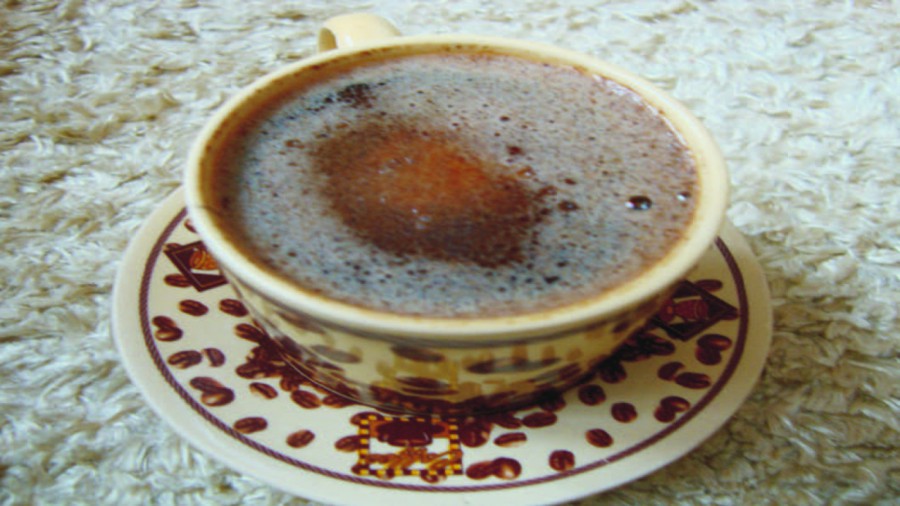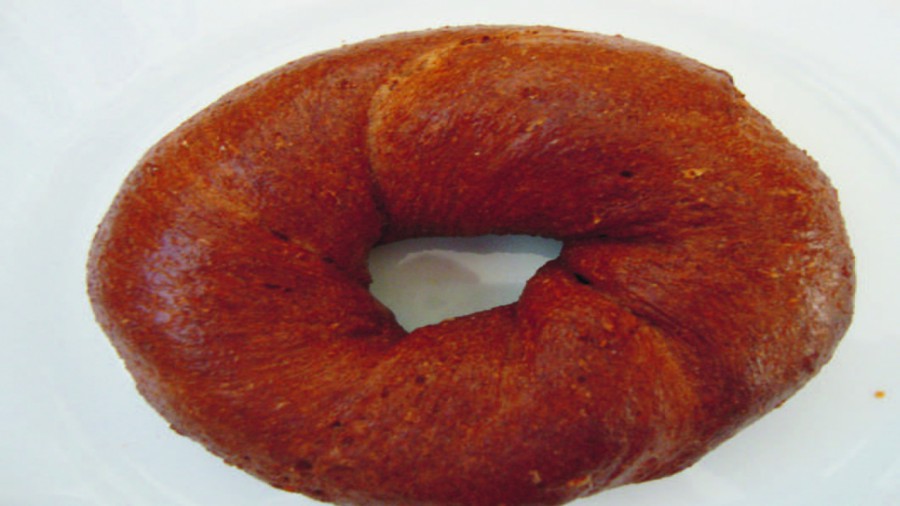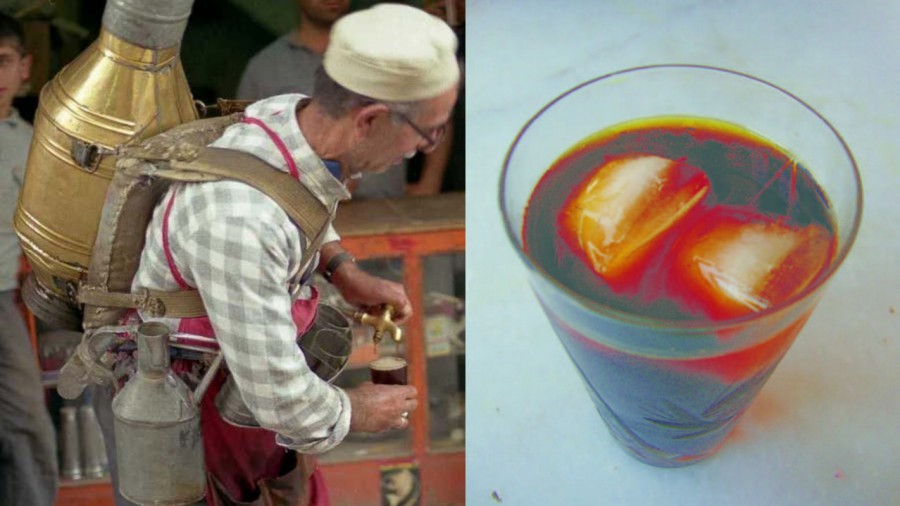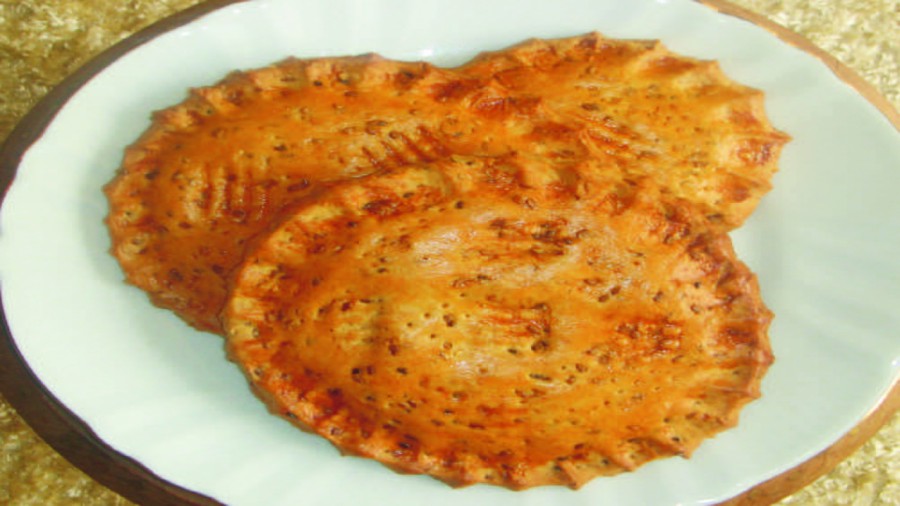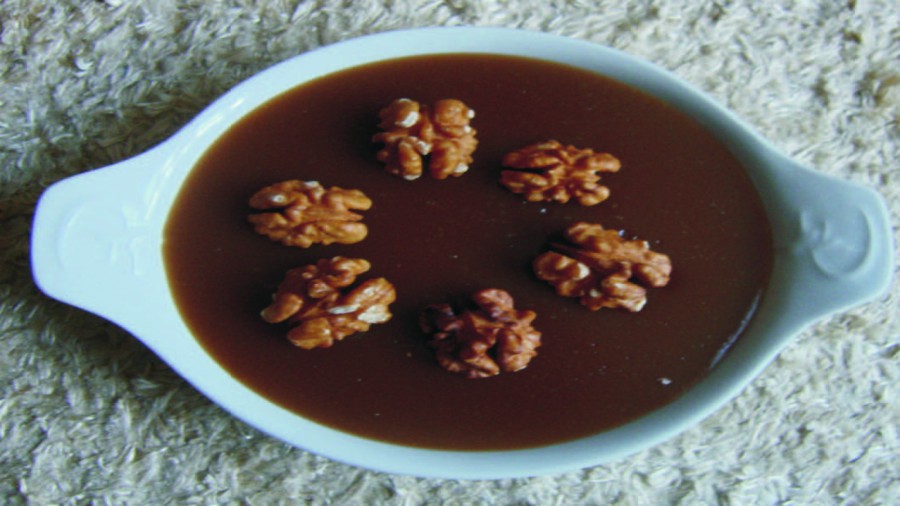Isot
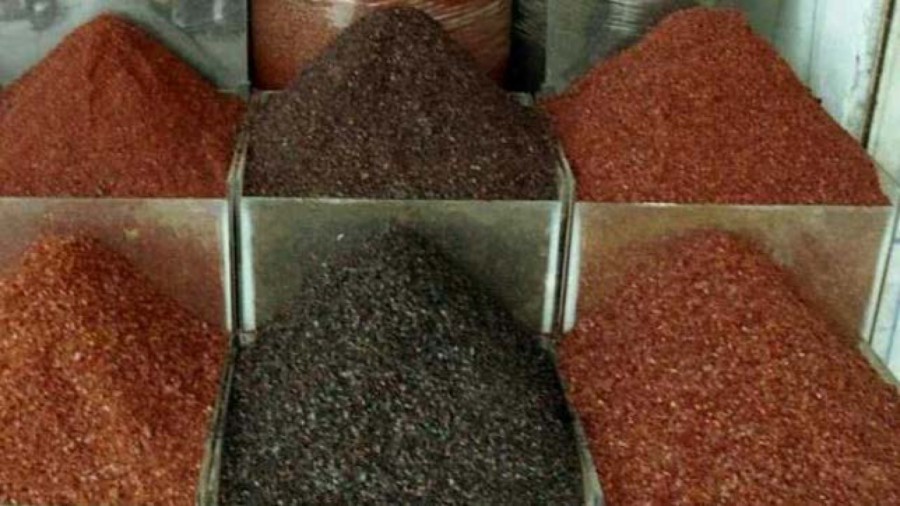
Ingredients (Approximately 9-10 kg )
100 kg red isot
Olive oil
Salt
Preparation
After washing and cleaning the red isot, it is cut in half lengthwise and the seeds are removed. It is spread on a surface that gets plenty of sunlight. After a day or two, when it has absorbed its water, it is spread out in nylon bags and left in the sun. It is frequently turned upside down/upside down and when it dries, it is blackened by sprinkling salty warm water on it. The darkened isots are taken out of the nylon bag and laid out on the mats again. After drying, they are pounded in a mortar with a few drops of olive oil on them and turned into flakes. The isot, which is sifted through a fine-mesh hulbur and placed on a tray, is left in the sun for a while with a little salt mixed in, and then stored in glass jars.
*It is derived from the word "Isı-ot" and is the general name given to all kinds of peppers in the Urfa dialect. Every Urfa resident, in late summer and early autumn, 'extracting isot' he gets worried. The name of red pepper in Urfa is dry isot. The annual consumption of an average Urfa house is around 18 kg of dry isot, which is obtained by drying 200 kg of red isot
Source: Flavor from Tandırlık / Lütfiye AKALIN

